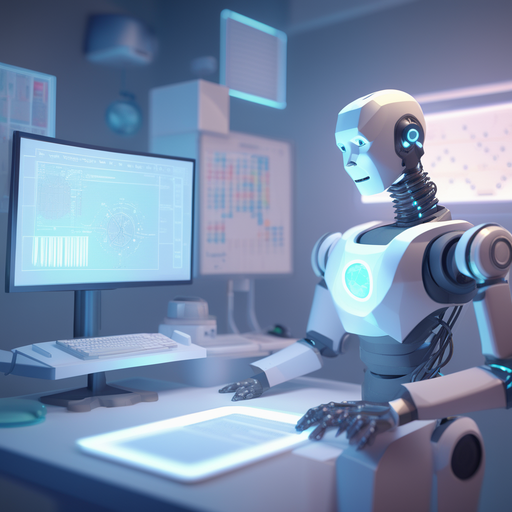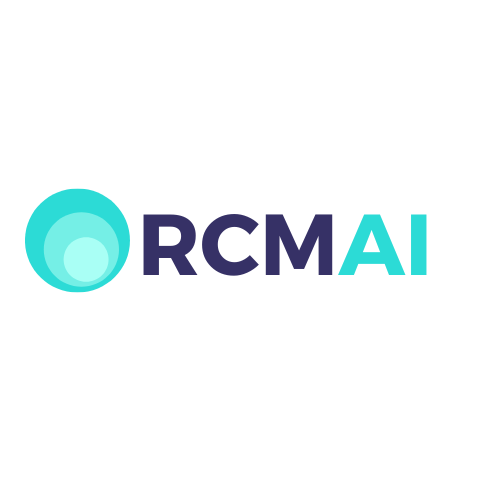The healthcare industry is an intricate web of information exchanges, with Electronic Remittance Advice (ERA), or 835 Healthcare Data, playing a pivotal role. This electronic document provides comprehensive details about claims and payments, and navigating its complexities can be daunting. Today, we explore how artificial intelligence, specifically ChatGPT, can elevate our approach to analyzing this essential data.

Understanding 835 Healthcare Data
835 Healthcare Data refers to a standardized electronic document healthcare insurance plans use to detail payments to healthcare providers or to provide Explanations of Benefits (EOBs). It meticulously breaks down payment information, adjustments, patient responsibilities, and more. However, its complexity makes it a challenging document to decipher and analyze effectively.
ChatGPT’s Role in Healthcare Data Analysis
ChatGPT, developed by OpenAI, offers a unique solution to this problem. Although primarily known for its conversational abilities, its applications extend far beyond, particularly when it comes to data analysis.
Leveraging ChatGPT for 835 Healthcare Data
Here’s how ChatGPT can be utilized to improve the analysis of 835 Healthcare Data:
- Data Extraction: ChatGPT’s advanced language model enables it to extract key information from 835 documents, such as patient details or claim adjustment reason codes. It can identify patterns and specific data points, thereby streamlining the data extraction process.
- Data Interpretation: ChatGPT can interpret the data into a more digestible format once the data is extracted. It can simplify complex codes, medical terminologies, and payment details, making the data more accessible.
- Anomaly Detection: ChatGPT’s ability to identify patterns extends to detecting irregularities within the data. It can highlight payment or claim data anomalies, assisting in error detection and prevention.
Using ChatGPT can greatly improve the efficiency and accuracy of analyzing 835 Healthcare Data. As we delve deeper into the integration of AI and healthcare, the possibilities for advancements and innovations are boundless.



